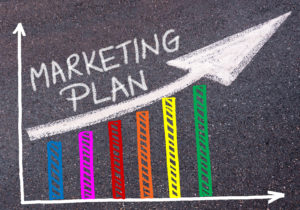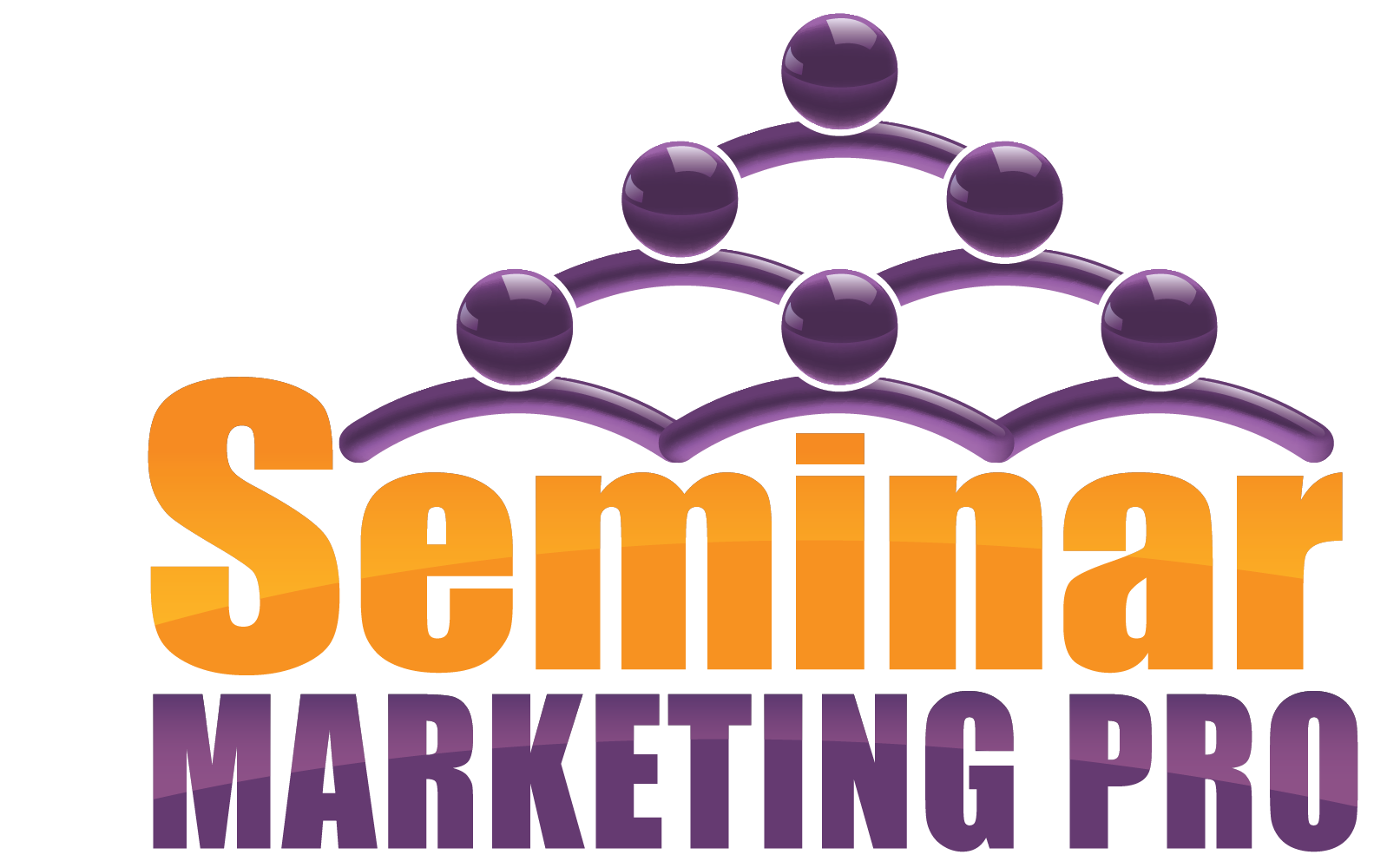9 Must-Have Seminar Marketing Elements
By Jenny Hamby, the Seminar Marketing Pro™
Certified Guerrilla Marketer and Direct-Response Copywriter
What does it REALLY take to properly promote a seminar, workshop, conference or webinar? I’ve been promoting events since 1998, and here are the 9 things I think you should absolutely have in place to fill your event seats.
- A multi-channel marketing plan that spells out what you need to do each week to promote your seminar. If you don’t have this in place, you know what happens? You make it up as you go along. Then you get busy with life, developing your content, or a million other things … and all of sudden it’s been 3 weeks since you last sent out a promo. Or you rush to toss something together … and your mediocre effort produces mediocre results. Developing a plan increases the likelihood that you’ll contact prospects frequently enough about your event and develop a solid message that you can carry through from piece to piece. Plus, having a written plan means you can delegate implementation of the plan to someone else!
- A foundational marketing piece to promote your seminar — such as a salesletter, copy for your direct-response web site, or even a brochure. Developing one piece that contains EVERY detail needed to sell your event is a great idea for a few reasons. First, it’s like having a salesperson on your staff that you can refer prospects to 24/7. When prospects have everything they need to make a buying decision, they won’t put off registration until they’re able to get more information from you. Also, developing this comprehensive piece makes it easier to create supplementary marketing materials. All you have to do is lift chunks of copy from your salesletter and then polish the transitions.
- One or more follow-up marketing tools to continue promoting your seminar. You’ll see the best results from your marketing if you notify prospects about your event more than once. The easiest way to follow-up is to simply re-mail the first promotional piece (e.g., a brochure). But modifying your copy and/or type of follow-up piece can produce big bumps in your response rates. For example, after sending a salesletter, send a postcard that warns of an impending registration deadline.
- A plan for building your database of qualified prospects. When marketing a seminar, the people in your database are your very best prospects, because they already know you. Building your list is almost as important as marketing your seminar … and this activity deserves its own plan.

- At least one marketing piece designed to build your opt-in list. Most people invite website visitors to join their mailing list. If you want to maximize the growth of your database, you should also actively market the opportunity.
- A system for capturing and keeping seminar registrations to prevent last-minute cancellations. After registering for a seminar, many people are hit with a case of buyer’s regret. If you’re not staying in touch with registrants after they sign up, they might see red flags warning them to stay away from your event. At the very least, be sure to confirm registration within 2 business days … immediately if possible.
- A system for tracking all of your responses, so you gather the data you need to make educated decisions about your marketing for future seminars. Most new promoters have questions like “How can I tell if I’ll get enough registrations to run my seminar?” “Will this promotion really be worth the effort?” “How many times do I need to contact a prospect to get them to sign up?” Although there are general rules of event marketing that you can follow when getting started … you will need to discover what works for YOUR audience and YOUR seminar specifically. Tracking results is how you gather the data you need to answer these questions.
- A plan for capturing testimonials and valuable feedback from seminar attendees. Testimonials are one of the most powerful marketing tools at your disposal. But if you don’t have a plan in place before your seminar, chances are good that you won’t capture as many testimonials as you could if you were prepared … and the ones you do get will be bland.
- A plan for staying in touch with prospects and past seminar attendees throughout the year. Getting someone on your list isn’t enough. You have to keep your name and expertise in front of your growing list if you want to remain relevant … and if you want to increase the likelihood that people on your list will want to attend your future events. As with your list building and seminar marketing activities, having a written plan makes you more accountable — and enables you to outsource this portion of your marketing.
 Jenny Hamby is a Certified Guerrilla Marketer and direct-response copywriter who helps speakers, coaches and consultants fill seminar seats and make more money from their own seminars and workshops. Her on- and offline direct marketing campaigns have netted response rates as high as 84 percent … on budgets as small as $125.
Jenny Hamby is a Certified Guerrilla Marketer and direct-response copywriter who helps speakers, coaches and consultants fill seminar seats and make more money from their own seminars and workshops. Her on- and offline direct marketing campaigns have netted response rates as high as 84 percent … on budgets as small as $125.
To explore how Jenny can help you generate more registrations and profits from your seminars, workshops and webinars, book a 30-minute complimentary discovery session.
